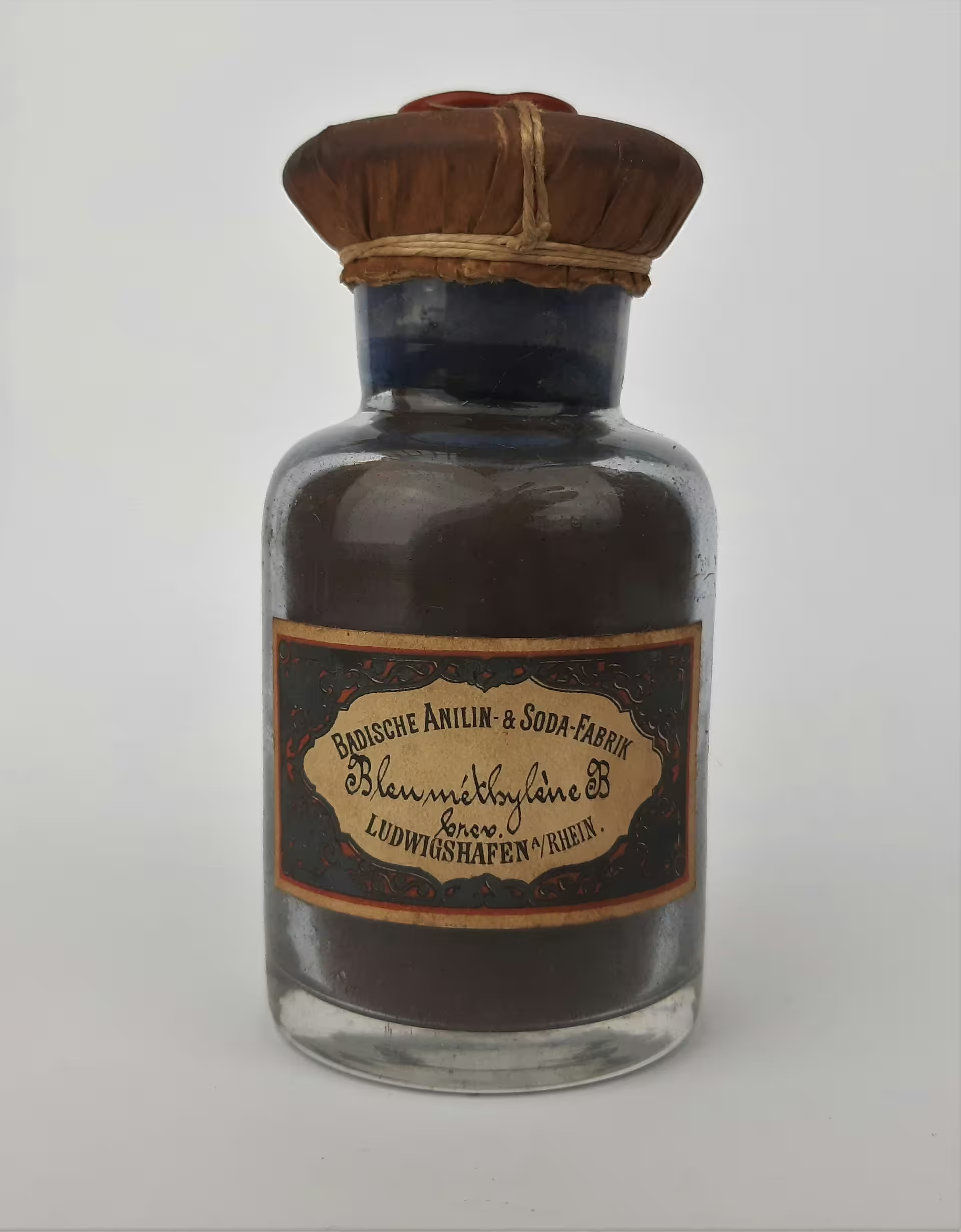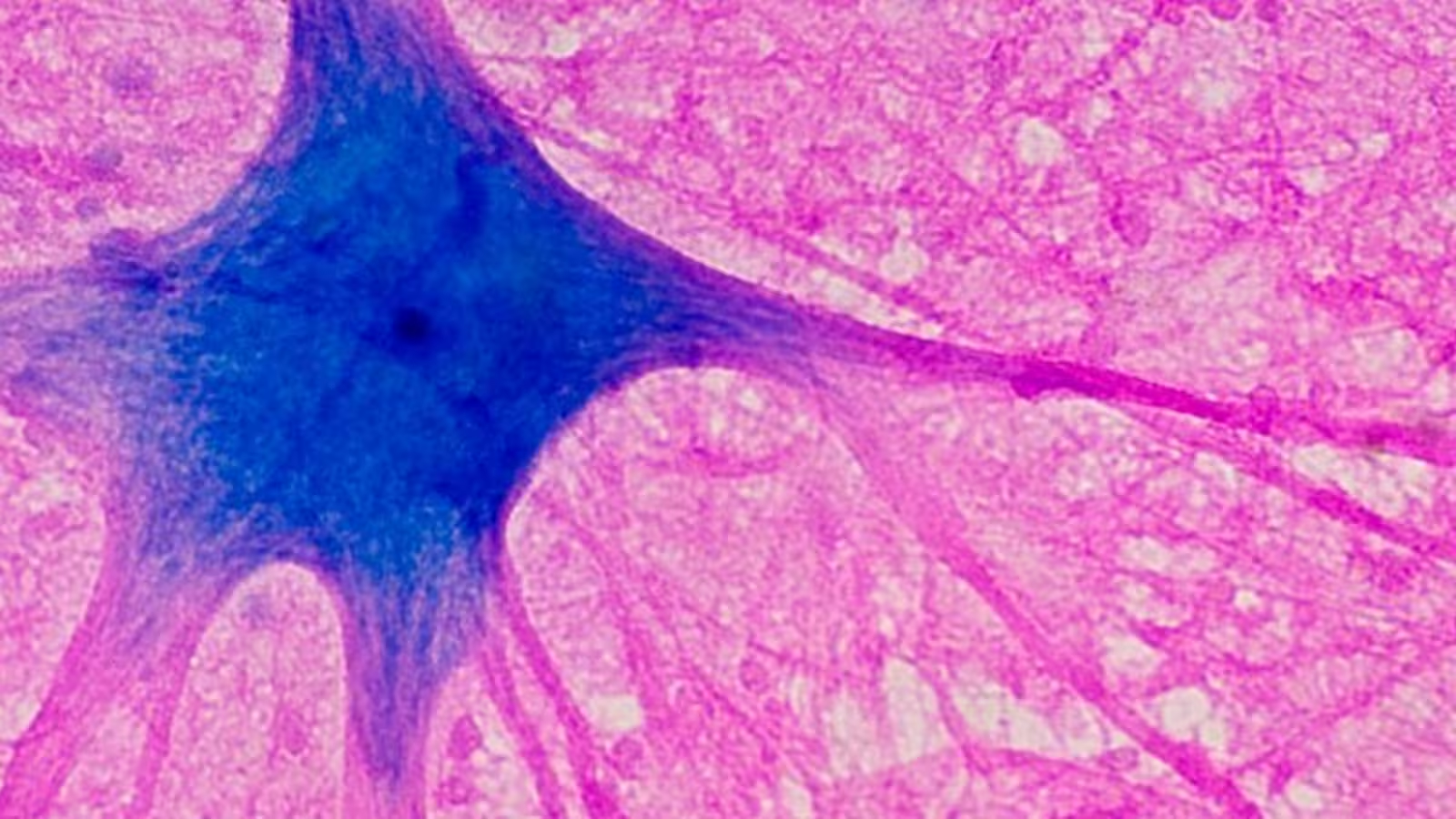7 Minutes
Introduction: The Blue Dye Captivating the Internet
Methylene blue, a synthetic chemical dye with a striking blue hue, has recently captured global attention as an emerging cognitive enhancer. Promoted online and endorsed by influencers and public figures, methylene blue is sometimes advertised as a "nootropic"—a substance touted to boost brain performance. Claims range from enhanced focus and memory to improved mental clarity, yet the scientific foundation for these assertions remains under scrutiny. As methylene blue supplements surge in popularity in the health and wellness market, it is crucial to examine what scientific research actually reveals about this compound’s effects on the human brain and body.
What Is Methylene Blue? Historical and Scientific Background
Methylene blue (MB) is a synthetic dye first engineered in 1876, originally intended for use in the textile industry due to its deep color and affinity for binding to fabrics. Its unique property of transforming from dark green powder to a vivid blue solution made it a prime candidate for use in laboratory settings and medical diagnostics. Shortly after its discovery, German physician Paul Ehrlich unveiled another remarkable quality: methylene blue could stain biological tissues, allowing researchers to see cell structures under the microscope. Even more significantly, it demonstrated the ability to destroy the parasite responsible for malaria, placing it among the first synthetic compounds employed in medicine.
Although methylene blue lost prominence as an antimalarial drug—being no more effective than quinine, the prevalent therapy of its era—it soon found utility as a food safety indicator. In the early 20th century, MB was added to raw or unpasteurized milk; a rapid loss of color signaled bacterial contamination. Although this technique is now largely obsolete, the reason it worked demonstrates MB’s "redox" capabilities—the ability to transfer electrons between molecules, functioning similarly to a miniature battery within living systems.
Methylene Blue in Modern Medicine
Today, methylene blue serves several specialized yet critical medical functions. Its most established clinical use is in treating methemoglobinemia, a rare blood disorder where hemoglobin—the oxygen-carrying protein in red blood cells—loses its capacity to bind oxygen. Administered MB acts as an electron donor, restoring hemoglobin's functionality and reversing dangerous oxygen deprivation.
Additionally, physicians employ methylene blue as a diagnostic dye during surgical procedures, using its distinctive color to trace lymph nodes, mark tumor boundaries, or identify tissue leaks. MB also features in emergency medicine, where it occasionally helps manage carbon monoxide poisoning, septic shock, or certain drug-related toxicities, including those caused by some anticancer treatments.
Unlike some common food dyes that have raised public health concerns and have even been banned by regulatory agencies like the U.S. Food and Drug Administration, methylene blue is not sourced from petroleum derivatives and belongs to a different chemical family. Nevertheless, all synthetic dyes—including MB—can interact with biological systems in complex ways, a topic of active research in immunotoxicology and pharmacology.

Methylene Blue and the Brain: Investigating Cognitive Claims
Much of methylene blue’s recent popularity stems from its portrayal as a brain booster. Online health communities and high-profile advocates suggest that MB could increase mental energy, improve memory performance, and reduce brain fog. But what does current neuroscience tell us?
Laboratory and Animal Studies
Research indicates that methylene blue can readily cross the blood-brain barrier, entering neural tissue where it may exert several effects. MB supports mitochondria—the cellular power plants—by encouraging efficient energy production. Animal studies, mainly conducted with rodents, have observed that MB may enhance learning, support memory, and protect neurons in models simulating Alzheimer’s disease or ischemic stroke. Some experiments also demonstrate potential neuroprotection following brain injuries. However, these studies are preliminary and mainly restricted to non-human subjects.
Human Trials: Mixed and Inconclusive Results
A handful of small-scale human clinical trials have explored whether methylene blue benefits people with cognitive impairment or neuropsychiatric conditions. A 2023 scientific review covering these studies found their results inconsistent and generally inconclusive. For instance, a study involving 26 participants reported a slight, roughly seven percent, improvement in memory scores after a single, low dose of MB; moreover, increased neural activity was seen during cognitive testing, but with no clear enhancement in thinking abilities. Other investigations detected alterations in brain connectivity with MB administration, but without any measurable improvement in cognitive functions.
While isolated reports have hinted at pain relief or potential benefits for certain psychiatric disorders, the research base is too limited in both scope and sample size to confirm any substantial effect or pinpoint which patient groups might benefit.
Safety Profile and Health Risks
Methylene blue is regarded as relatively safe when used under physician supervision for FDA-approved indications. However, its application outside this context—especially at doses found in over-the-counter supplements—carries significant risks.
One major concern lies in drug interactions. MB inhibits an enzyme called monoamine oxidase (MAO), which helps break down serotonin, a neurotransmitter involved in mood regulation. If combined with common antidepressants or anti-anxiety medications that also influence serotonin levels, MB can trigger potentially life-threatening serotonin syndrome. Symptoms of this condition may range from agitation and confusion to high fever, rapid heartbeat, muscle rigidity, and seizures.
Additionally, individuals carrying a rare genetic deficiency in glucose-6-phosphate dehydrogenase (G6PD) are at serious risk of rapid red blood cell destruction if exposed to MB. At excessive doses, the compound may elevate blood pressure or provoke cardiac issues. Methylene blue is also contraindicated for pregnant or lactating women due to the potential risks it poses to fetal and infant health.
Expert Opinions and the Path Forward
Leading scientists and clinicians urge caution regarding indiscriminate methylene blue use for cognitive enhancement. While laboratory and animal research has revealed some fascinating biological effects—particularly related to mitochondrial function and neuroprotection—the leap from such findings to safe and effective use in humans is significant. As Dr. John Smith, a neuropharmacologist at a prominent research institute, stated in a 2023 publication, "Although methylene blue has notable biochemical properties with potential applications in neurology, more comprehensive clinical studies are essential before it can be endorsed for non-medical cognitive enhancement."
Institutions such as the U.S. National Institutes of Health and similar agencies worldwide are supporting further research into MB’s mechanisms and therapeutic windows. Extended and rigorously designed clinical trials will be essential to determine the compound’s true potential, optimal dosing protocols, and long-term safety in various populations.
Emerging Technologies and Future Directions
The renewed interest in methylene blue is fueling advances in several technology-driven fields. Neuroimaging studies are using MB as a contrast agent to visualize brain activity more effectively. Additionally, its role in supporting mitochondrial health is sparking investigations into innovative treatments for neurodegenerative diseases, such as Parkinson’s and Alzheimer’s, and even age-related cognitive decline.
Researchers are also exploring synthetic analogs with the goal of enhancing efficacy and minimizing side effects. The development of precision medicine approaches may one day enable tailored use of agents like methylene blue in targeted patient groups based on genetic, metabolic, or biomarker profiles.
Conclusion
Methylene blue stands at the intersection of medical history, contemporary neuroscience, and cutting-edge pharmacology. While its vibrant blue color and storied past in medicine are well-established, its modern reputation as a cognitive enhancer is not yet supported by robust human evidence. Rigorous research continues to be essential for clarifying MB’s mechanisms of action, long-term safety, and possible therapeutic roles. Until larger, more definitive studies are completed, experts caution against unsupervised use of methylene blue supplements. For now, the dye’s value as a medical tool is proven, but its promise as a nootropic remains unconfirmed.
Source: theconversation



Comments